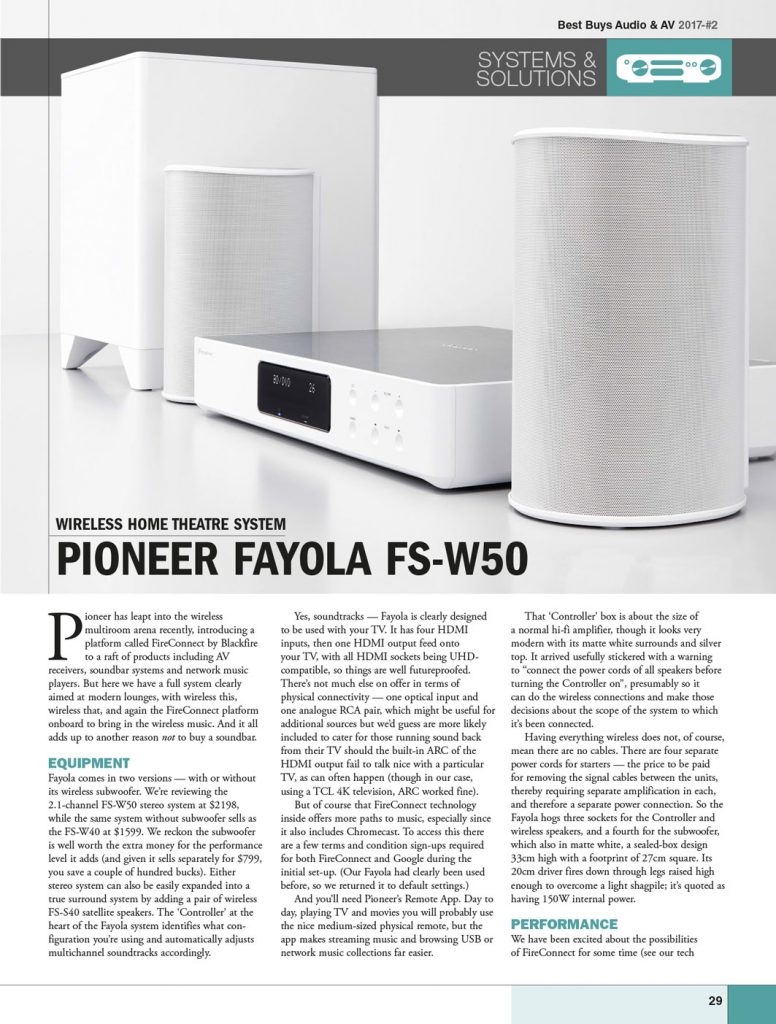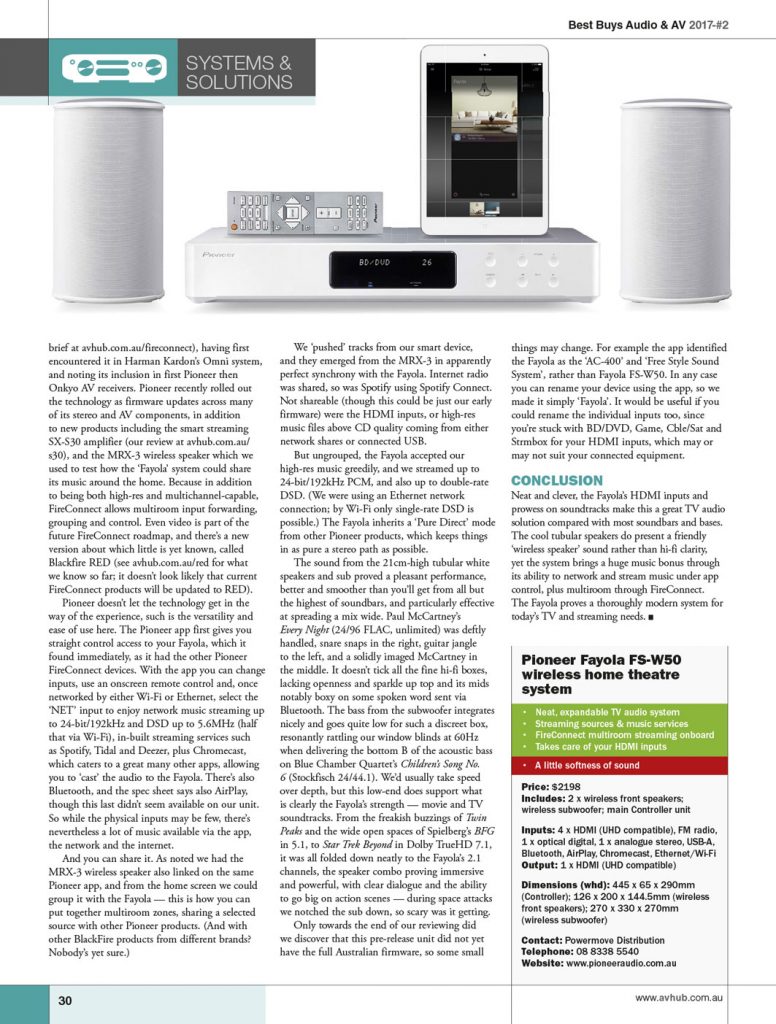Up until recently, the notion of a smart home had been a sci-fi fantasy, with tech enthusiasts eagerly awaiting the day their kitchens or living rooms resemble the deck of the Starship Enterprise. To the joy of many, 2017 was labeled “The Year of the Smart Home,” when smart home products that had, up until this point, been popular with niche tech groups and the early adopter crowd would finally make it big in the mainstream market. The year began with an abundance of connected, “smart things” at CES in January – from washer/dryer units and refrigerators, to security cameras and thermostats – many of which incorporated built-in Amazon Alexa or Google Assistant voice control capabilities. But overall, how did smart home products live up to the hype in 2017?
It was the introduction of the Amazon Echo Smart Speaker back in 2014 that triggered interest in mainstream smart home gadgets. For the first time, the market had an inexpensive, easy-to-use, beneficial smart product everyone in the home could enjoy. Since then, tech companies and manufacturers have been playing “catch up,” some fairly successfully, like Google, and others…not so much. With the introduction and influx of smart speakers, other connected products, like Philips Hue Smart Lighting, have gained popularity because they serve as perfect additions to the Echo connected things ecosystem. And, thanks to Amazon’s Echo, voice control has now become the key remote interface within the home.
Media research group, Kagan, reports that the number of smart homes in the U.S. grew to over 15 million by the end of last year, which equated to about 12.5% of all U.S. households. According to another report, 26.5% of all U.S. households in 2017 now have at least one smart home product.
However, in 2017, consumers are still skeptical about the security of these pricey gadgets. And in a year full of cyber-security disasters, homeowners are growing more anxious about the safety of these products, with a common fear amongst consumers being that intelligent alarm systems and locks can be easily hacked by intruders and that smart TVs and speakers will spy or eavesdrop on unsuspecting users. But according to Business Insider, 2017 smart home adoption problems don’t stem from security issues, but rather, from issues that have plagued these products since the get-go: “high prices, technological fragmentation, and consumers’ lack of a perceived benefit from the devices.”
Although prices are steadily dropping, there hasn’t been a strong enough demand for these products to justify the cost. Consumer awareness of the value of smart home products is helping somewhat, but there are plenty of challenges still facing these device brands and manufacturers, such as interoperability issues, security, and overall usability. In 2017, the connected living expanded significantly, and in 2018, it’s expected to continue to grow steadily in the U.S., driven by an expanding number of connected, smart devices in the market.







